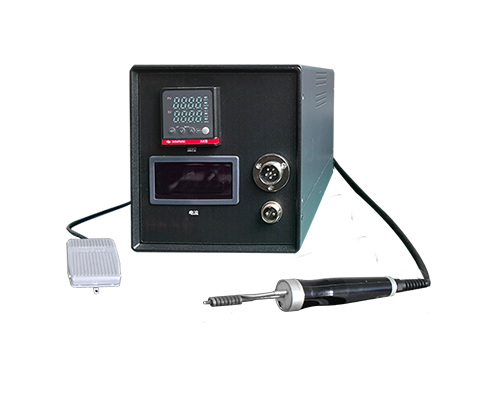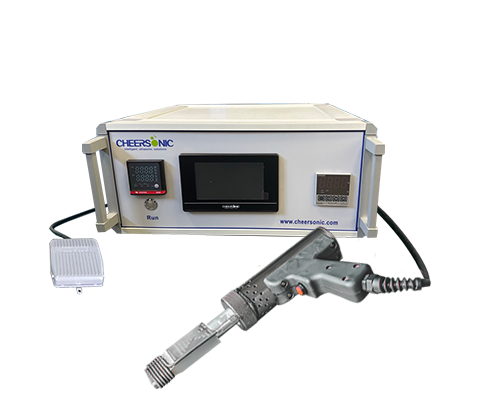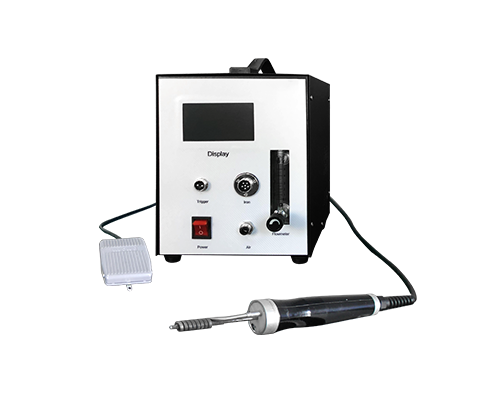Amid the trend of miniaturization in electronics manufacturing, reliable connections between flexible and rigid printed circuit boards (FPCs) are crucial for product performance. Ultrasonic soldering, with its unique physical properties, has become a core process for solving this connection challenge, providing strong support for the miniaturization and high reliability of electronic devices.
Traditional soldering processes have consistently faced significant bottlenecks in connecting FPCs to rigid printed circuit boards. Hot pressing can easily cause deformation of the FPC's polyimide substrate due to high temperatures, resulting in defect rates often exceeding 3%. Laser welding can result in a heat-affected zone exceeding 0.5mm, potentially damaging surrounding precision components. Manual soldering suffers from large strength fluctuations and poor consistency, making it difficult to meet the demands of large-scale production. These limitations are particularly pronounced in electronic devices with high-density wiring, becoming a key factor limiting product yield.

Ultrasonic soldering technology achieves connections through high-frequency mechanical vibrations, fundamentally overcoming the limitations of traditional processes. Its core principle is to convert electrical energy into high-frequency vibrations of 20kHz-40kHz, which are transmitted to the soldering interface through the soldering head. The friction effect promotes solder wetting and bonding. The entire welding process remains below 80°C, far below the temperature limit of flexible circuit boards. This "cold welding" characteristic keeps the heat-affected zone within 0.1mm, effectively preventing carbonization or deformation of the substrate. The measured substrate deformation rate can be as low as less than 0.05%.
Ultrasonic soldering demonstrates significant advantages in connection quality and reliability. Leveraging the ultrasonic cavitation effect, the solder automatically removes the surface oxide layer of the material, achieving a tight bond without flux. This eliminates the risk of corrosion from chemical residues and joint defects caused by bubbles.
The technology's intelligence and efficiency make it ideal for modern production lines. Combined with an AI-powered vision positioning system, it achieves a repeatability of ±0.01mm. Real-time impedance monitoring precisely controls welding quality, and all data can be integrated into the MES system for full process traceability. The dual-station design reduces soldering cycle time to just 2 seconds per point, and the quick changeover function enables switching between different flexible circuit board models within 5 minutes, significantly improving production flexibility.
From the integration of ultra-thin flexible circuit boards for smart wearable devices to power battery integration, ultrasonic soldering is becoming a core connection technology in electronics manufacturing. Its non-destructive, reliable, and efficient nature addresses the pain points of connecting flexible and rigid circuit boards, laying a solid foundation for the development of lighter, thinner, more precise, and more reliable electronic devices.





